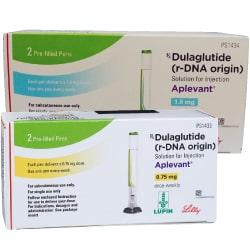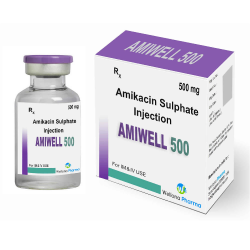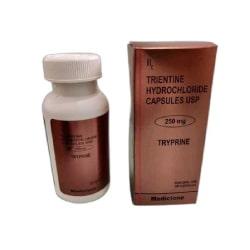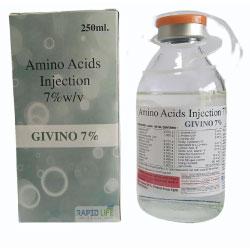Description
Dulaglutide injection is a glucagon-like peptide-1 (GLP-1) receptor agonist indicated:
- As an adjunct to diet and exercise to improve glycemic control in adults with type 2 diabetes mellitus.
- To reduce the risk of major adverse cardiovascular events in adults with type 2 diabetes mellitus who have established cardiovascular disease or multiple cardiovascular risk factors. Limitations of Use:
- Has not been studied in patients with a history of pancreatitis. Consider other antidiabetic therapies in these patients.
- Not for treatment of type 1 diabetes mellitus.
- Not recommended in patients with severe gastrointestinal disease, including severe gastroparesis.
Dosage and Side Effects
- Initiate at 0.75 mg subcutaneously once weekly. Increase the dose to 1.5 mg once weekly for additional glycemic control.
- If additional glycemic control is needed, increase the dose to 3 mg once weekly after at least 4 weeks on the 1.5 mg dose.
- If additional glycemic control is needed, increase to the maximum dose of 4.5 mg once weekly after at least 4 weeks on the 3 mg dose.
- If a dose is missed, administer the missed dose as soon as possible if there are at least 3 days (72 hours) until the next scheduled dose.
- Administer once weekly at any time of day with or without food.
- Inject subcutaneously in the abdomen, thigh, or upper arm.
Dulaglutide common side effects are nausea, diarrhea, vomiting, abdominal pain, and decreased appetite.
Warning and Precautions
Thyroid C-cell Tumors: See Boxed Warning.
- Pancreatitis: Has been reported in clinical trials. Discontinue promptly if pancreatitis is suspected. Do not restart if pancreatitis is confirmed.
- Hypoglycemia: When Dulaglutide is used with an insulin secretagogue or insulin, consider lowering the dose of the sulfonylurea or insulin to reduce the risk of hypoglycemia.
- Hypersensitivity Reactions: Serious hypersensitivity reactions (e.g., anaphylactic reactions and angioedema) have occurred. Discontinue Dulaglutide and promptly seek medical advice.
- Acute Kidney Injury: Monitor renal function in patients with renal impairment reporting severe adverse gastrointestinal reactions.
- Severe Gastrointestinal Disease: Use may be associated with gastrointestinal adverse reactions, sometimes severe. Has not been studied in patients with severe gastrointestinal disease and is not recommended in these patients.
- Diabetic Retinopathy Complications: Have been reported in a cardiovascular outcomes trial. Monitor patients with a history of diabetic retinopathy.
FAQ's
Is dulaglutide approved by the FDA?
The FDA approved the drug Dulaglutide in 2014.
What is the warning for dulaglutide?
- Thyroid C-cell Tumors: See Boxed Warning.
- Pancreatitis: Has been reported in clinical trials. Discontinue promptly if pancreatitis is suspected. Do not restart if pancreatitis is confirmed.
- Hypoglycemia: When Dulaglutide is used with an insulin secretagogue or insulin, consider lowering the dose of the sulfonylurea or insulin to reduce the risk of hypoglycemia.
- Hypersensitivity Reactions: Serious hypersensitivity reactions (e.g., anaphylactic reactions and angioedema) have occurred. Discontinue Dulaglutide and promptly seek medical advice.
How is Dulaglutide administered?
Dulaglutide solution supplied in single-dose pens for subcutaneous administration.






